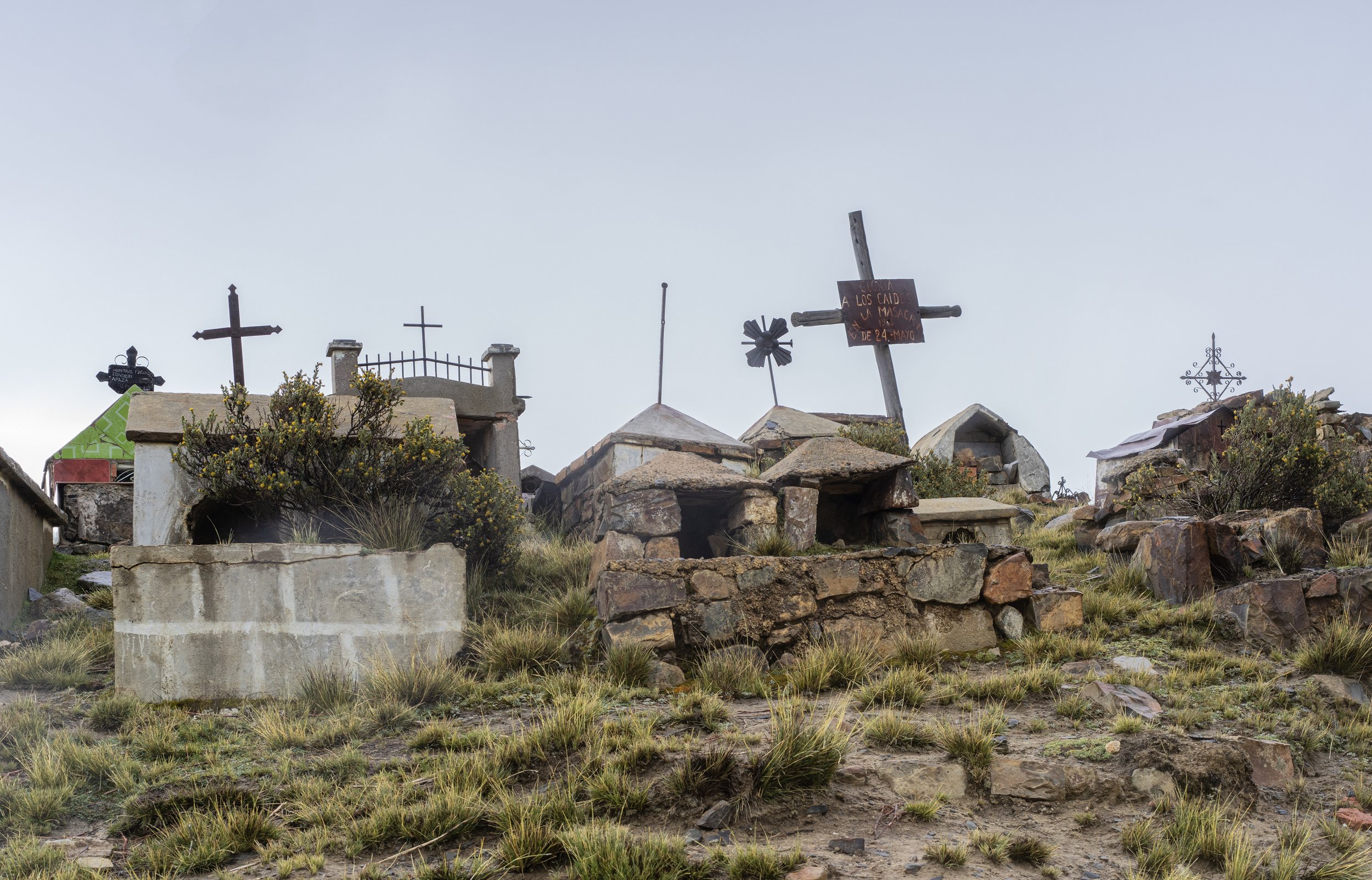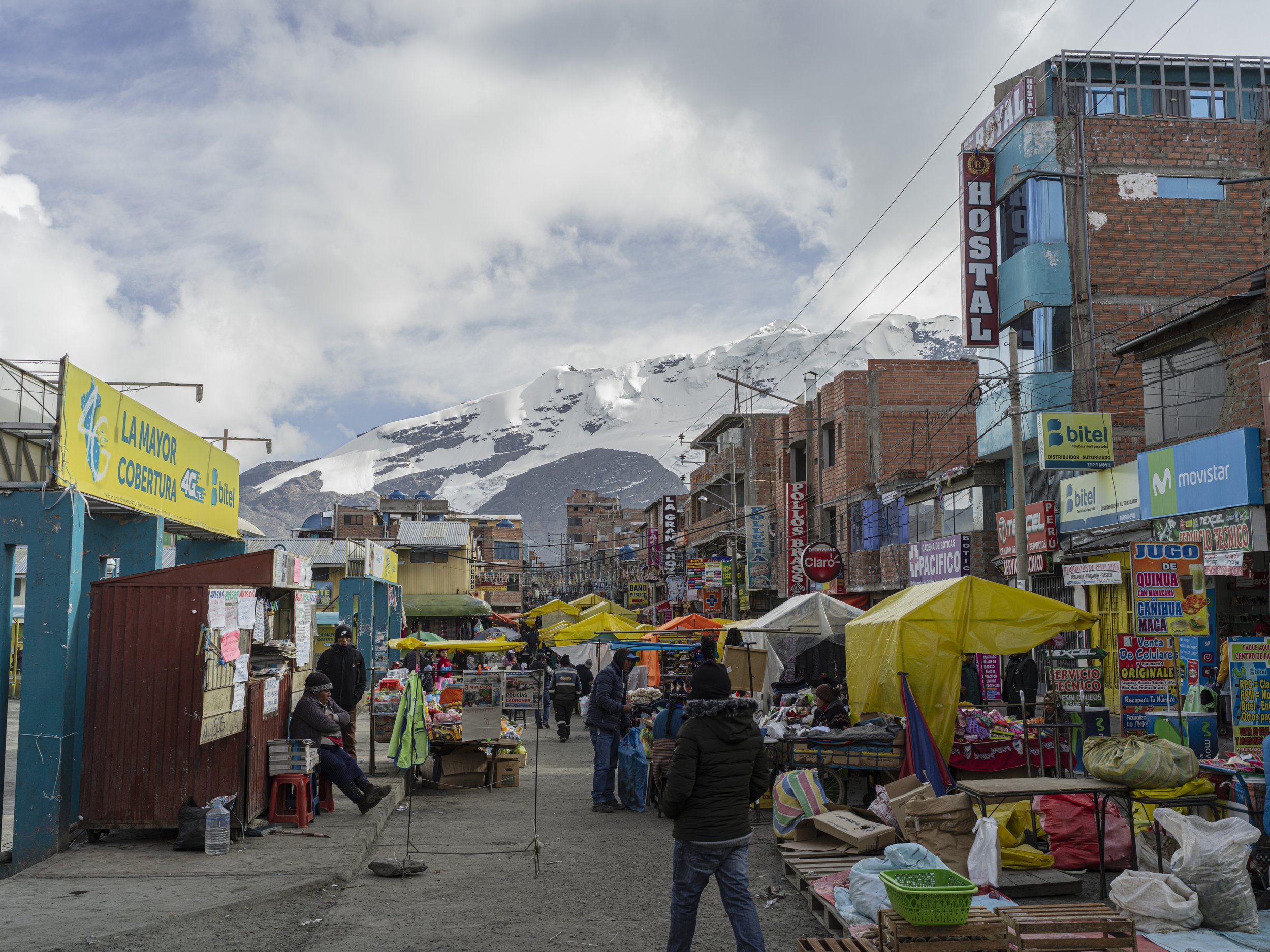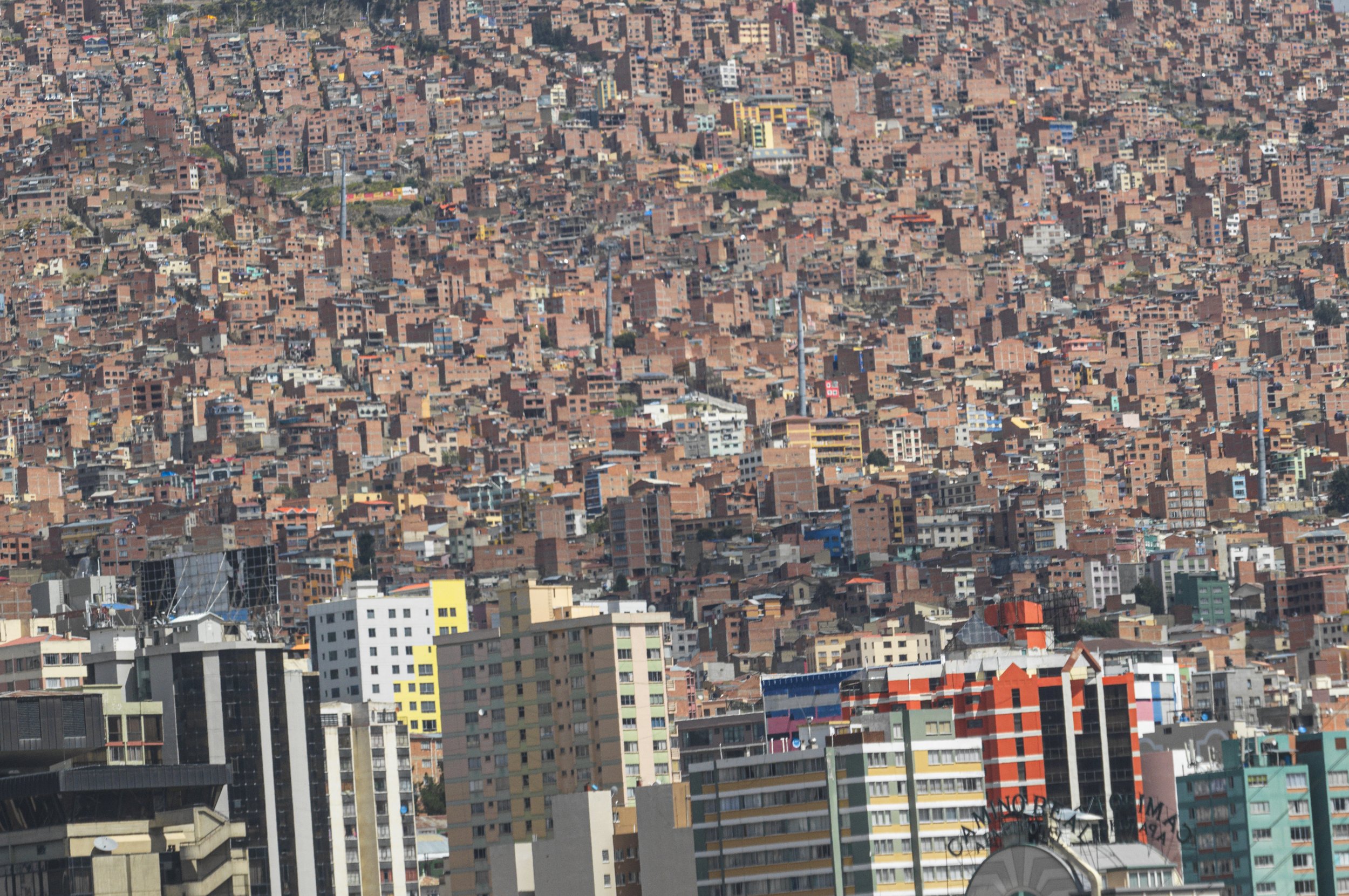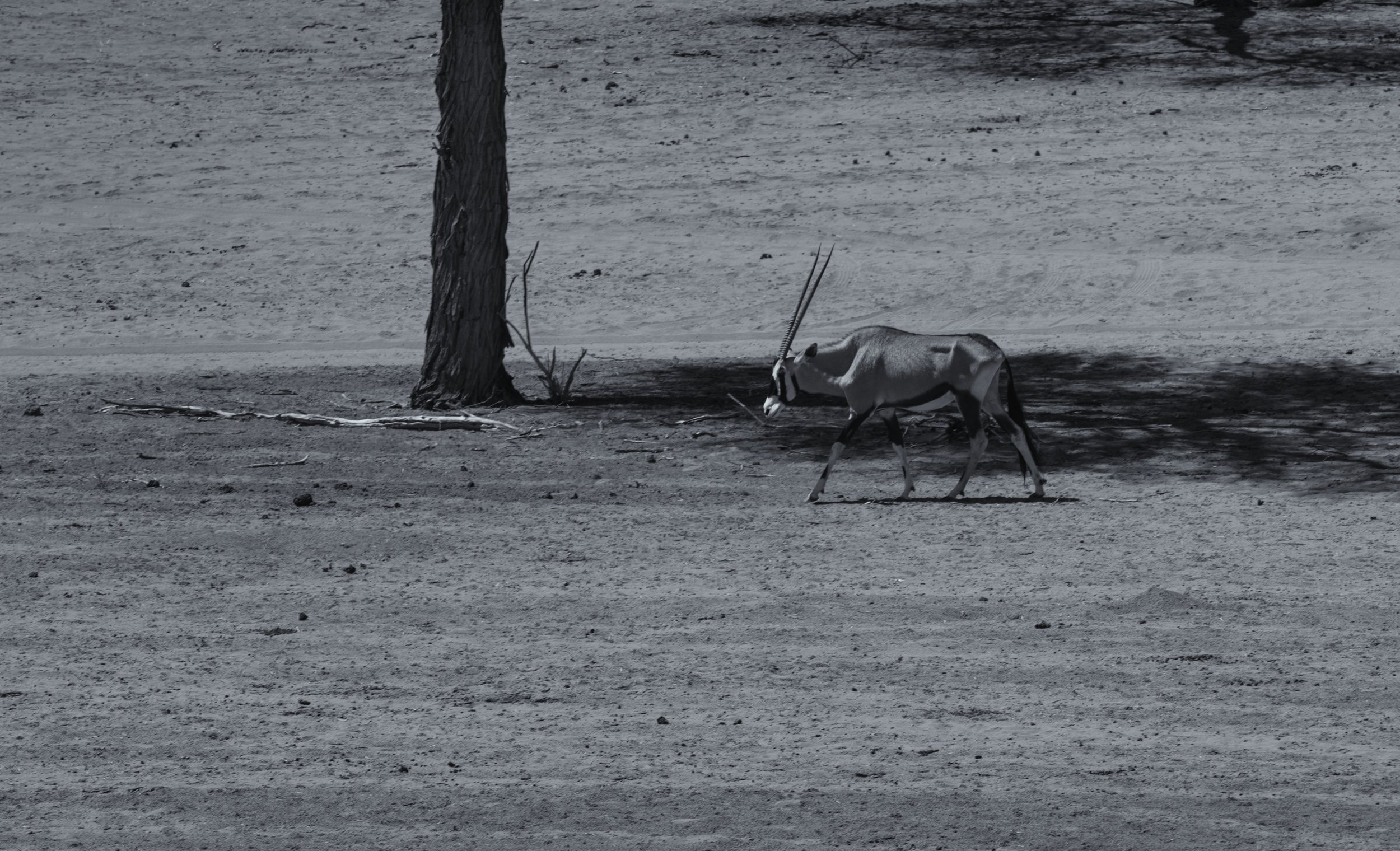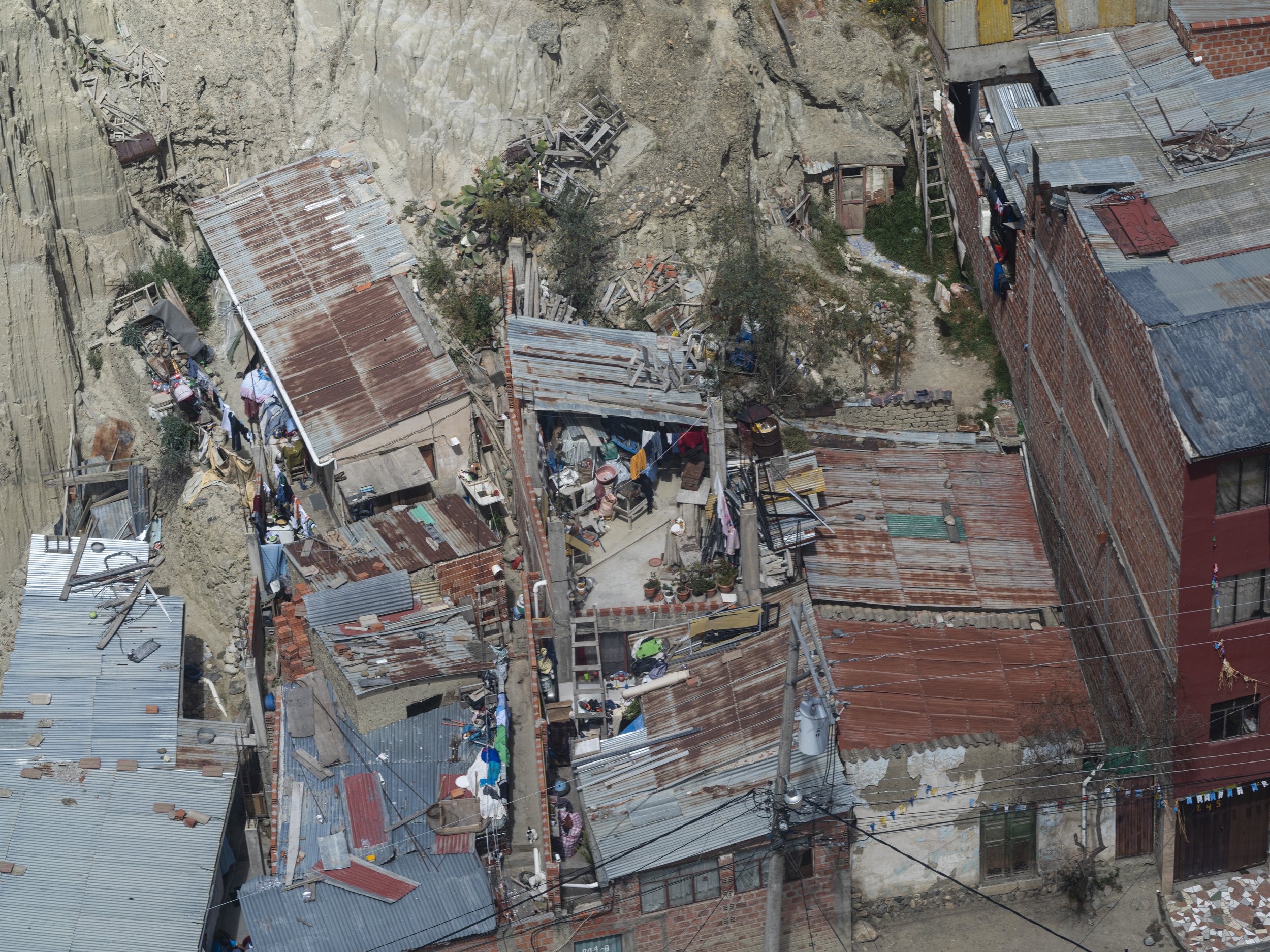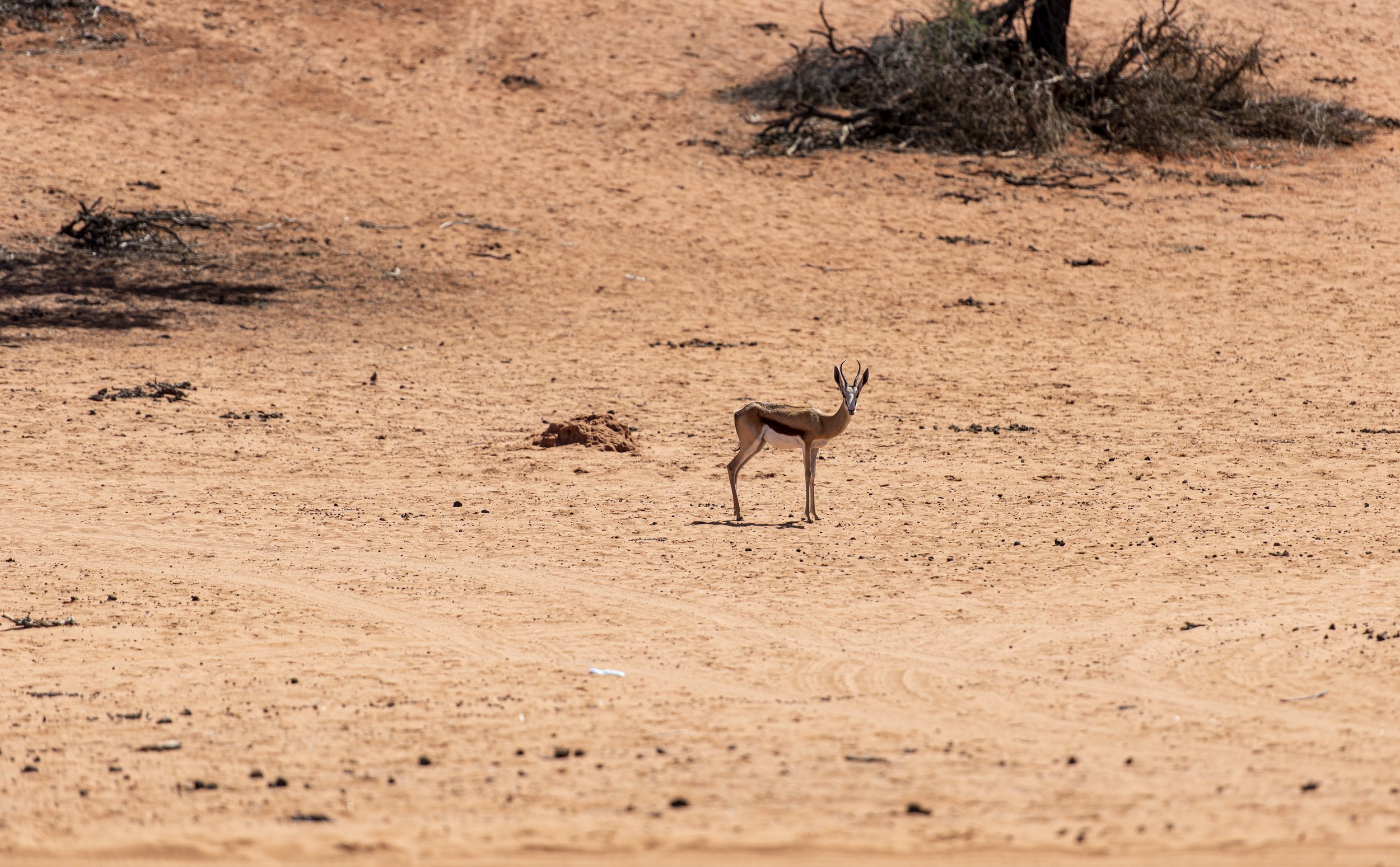Documents of a real life.
The images below are from my travels to Namibia and Peru/Bolivia. To take pictures of people has its complications. At first, you are a stranger visiting their home. You have the power to present people and a culture in a specific way. Not everyone is happy to be photographed. People also tend to act in front of a camera. As seen below its easy to present other places as poor and underdeveloped.
Martha Rösler writes in «In, around, and afterthoughts», (on documentary photography) (1981)
The liberal documentary assuages any stirrings of conscience in its viewers the way scratching relieves an itch and simultaneously reassures them about their relative wealth and social position; especially the latter, now that even the veneer of social concern has dropped away from the upwardly mobile and comfortable social sectors. Yet this reminder carries the germ of an inescapable anxiety about the future. It is both flattery and warning (as it always has been). Documentary is a little like horror movies, putting a face on fear and transforming threat into fantasy, into imagery. One can handle imagery by leaving it behind. (It is them, not us.) One may even, as a private person, support causes.
Documentary, as we know it, carries (old) information about a group of powerless people to another group addressed as socially powerful.
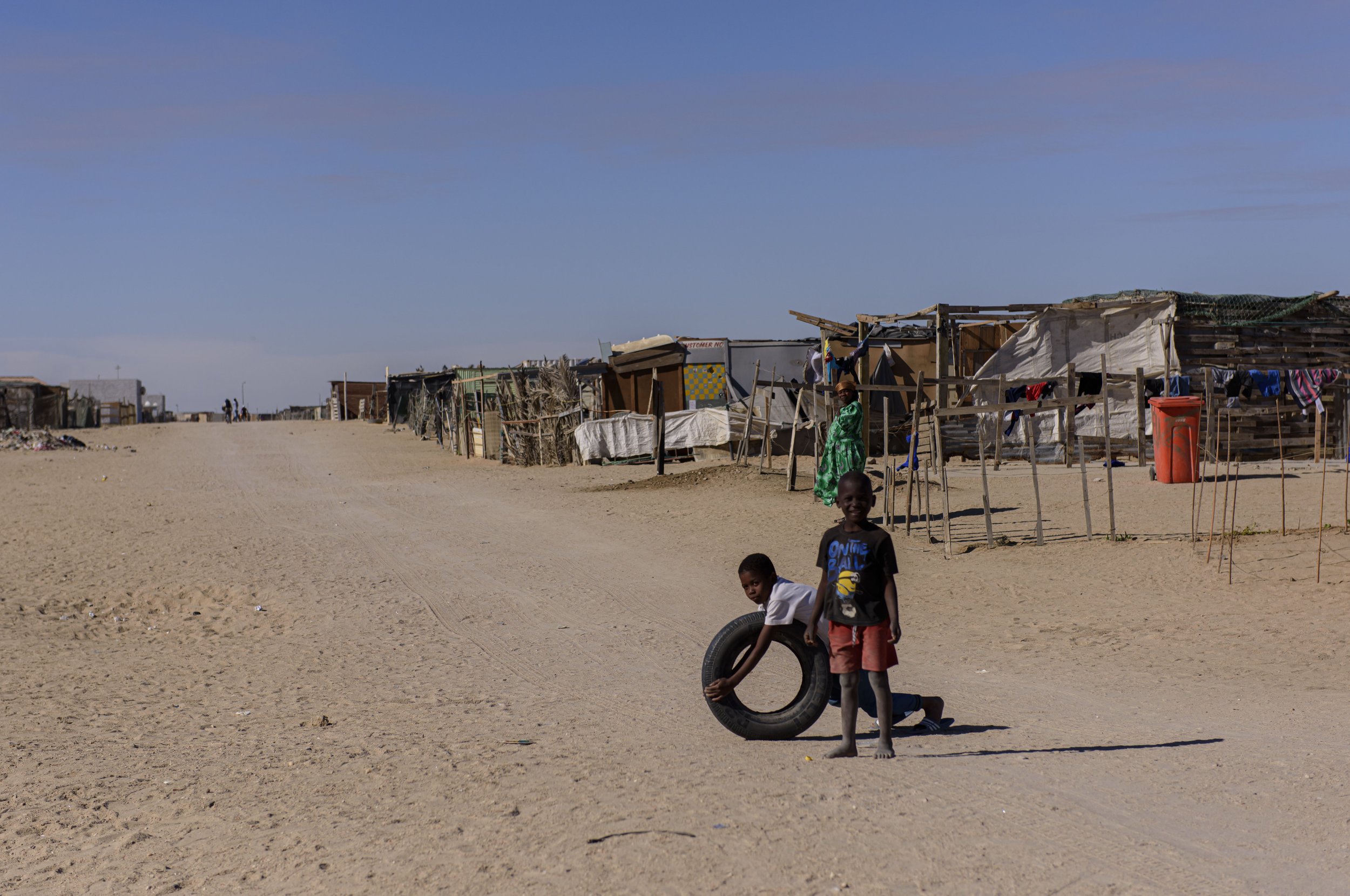
Mendosa township, Swakopmund, Namibia.
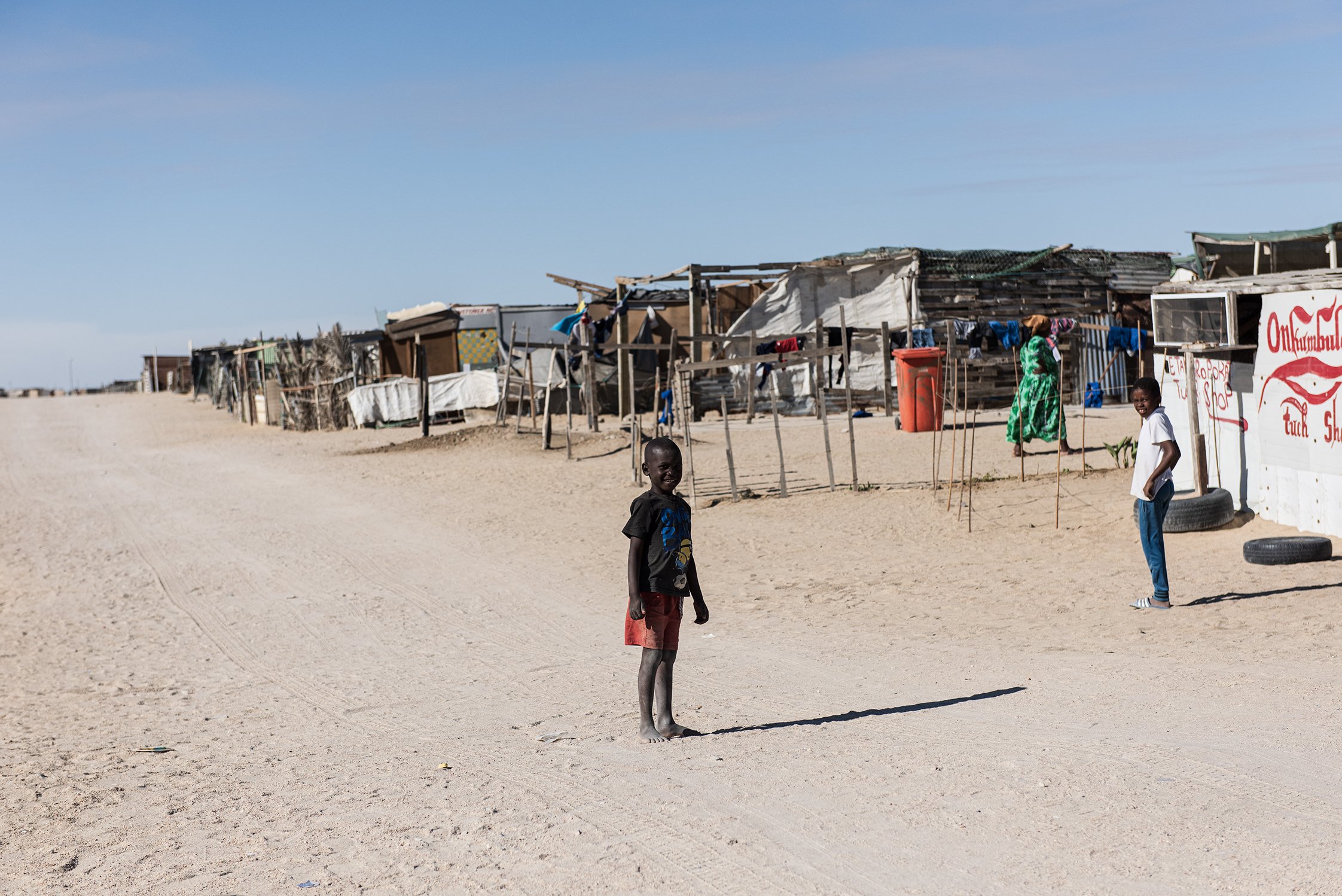
Mendosa township, Swakopmund, Namibia

Mendosa township, Swakopmund, Namibia

Mendosa township, Swakopmund, Namibia

Mendosa township, Swakopmund, Namibia

Mendosa township, Swakopmund, Namibia

Mendosa township, Swakopmund, Namibia

Mendosa township, Swakopmund, Namibia

Mendosa township, Swakopmund, Namibia

Mendosa township, Swakopmund, Namibia

Mendosa township, Swakopmund, Namibia

Mendosa township, Swakopmund, Namibia

Mendosa township, Swakopmund, Namibia

Mendosa township, Swakopmund, Namibia

Small village near Spitzkopfe, Namibia.

Small village near Spitzkopfe, Namibia

Small village near Spitzkopfe, Namibia
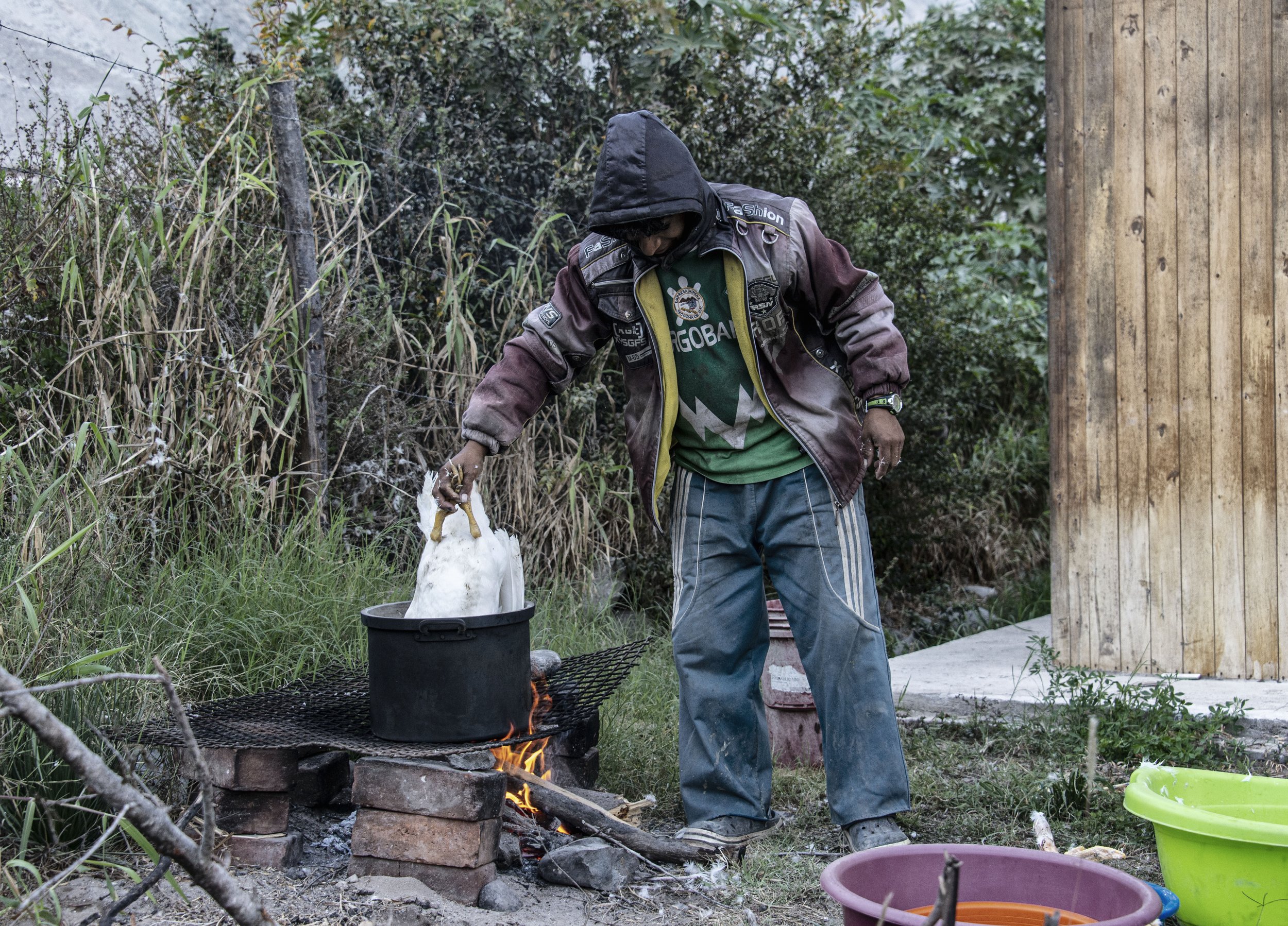
Preparing a duck in Piuca, Peru.
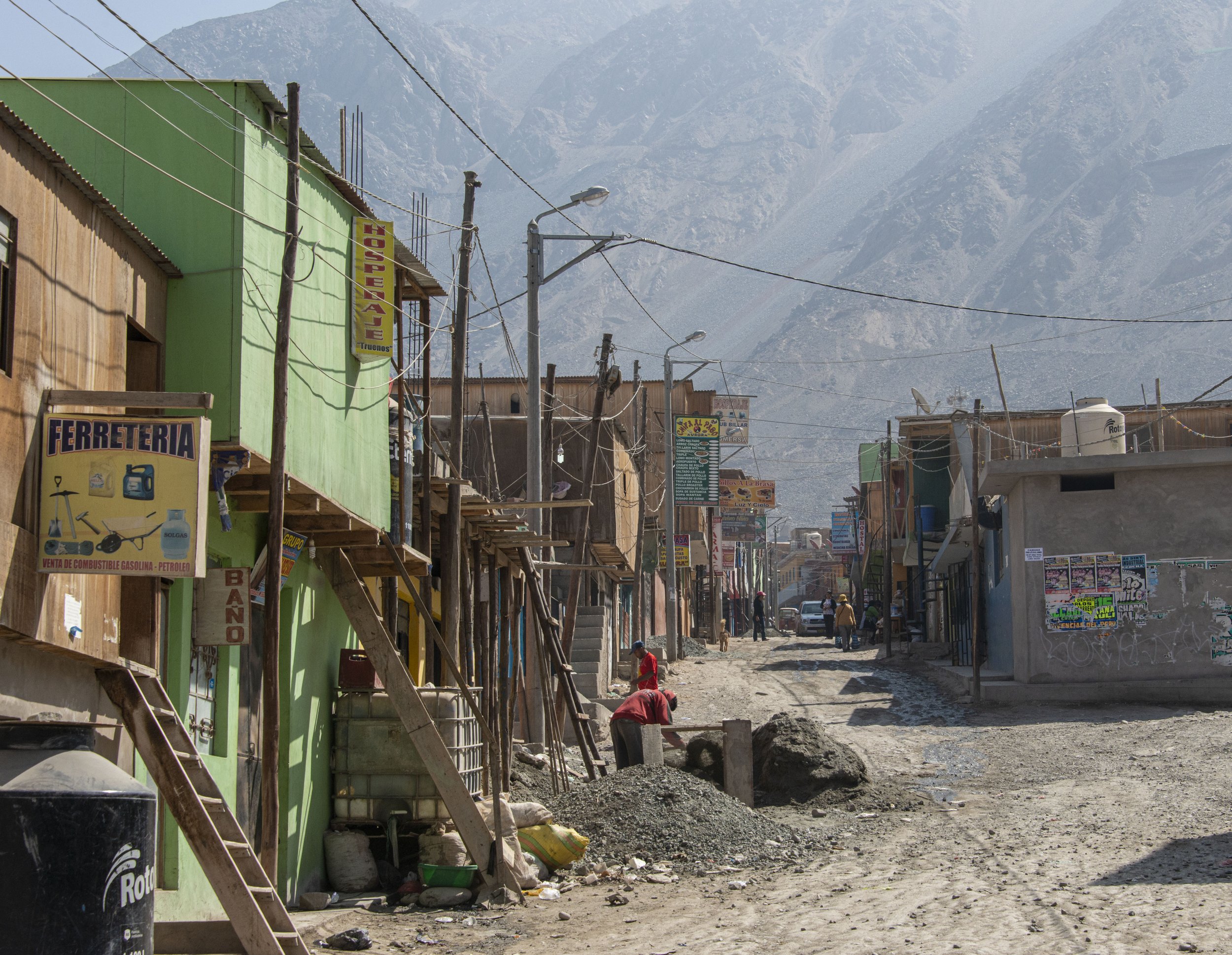
Minecity in Peru.
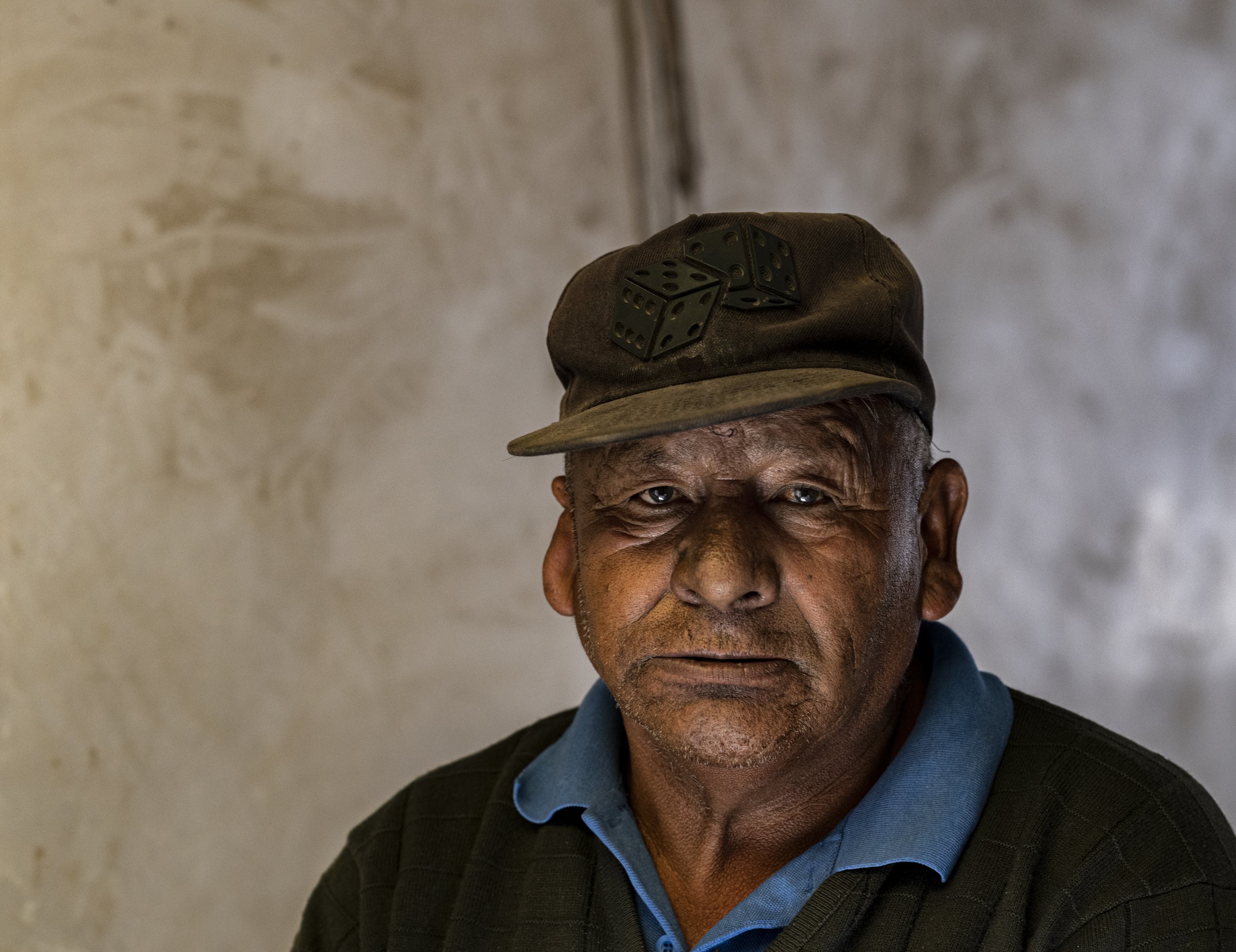
Man selling salt in Colchani, Bolivia.

Salar de Uyuni, Boloivia.
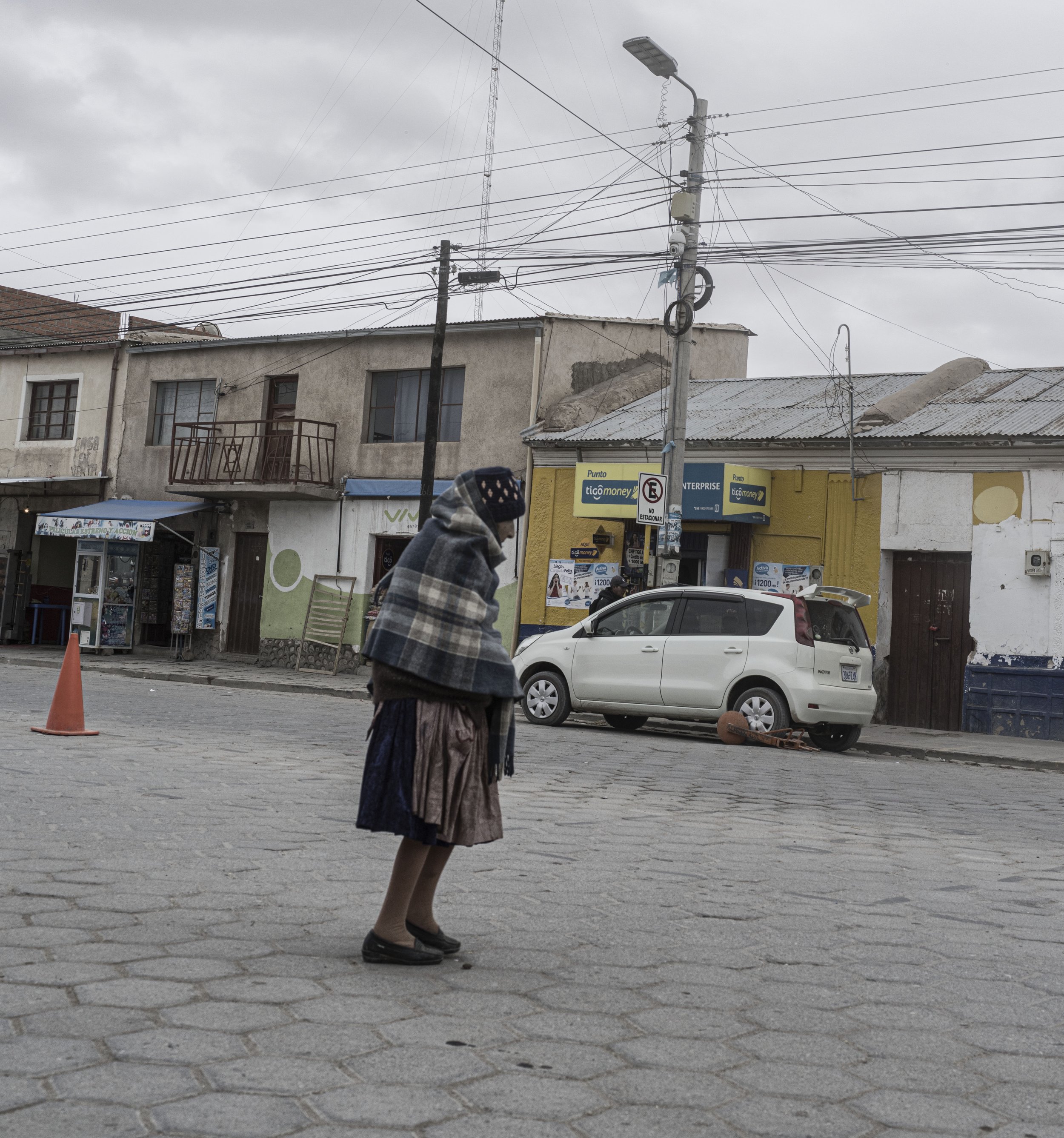
Uyuni, Bolivia.

Uyuni, Bolivia.

Alota, Potosi, Bolivia.

Blacksmith in Juliaca, Peru.

Shop in Coroico, Bolivia.

Roadworkers in Cotahuasi, Peru.

Roadworkers in Cotahuasi, Peru.

Roadworkers in Cotahuasi, Peru.
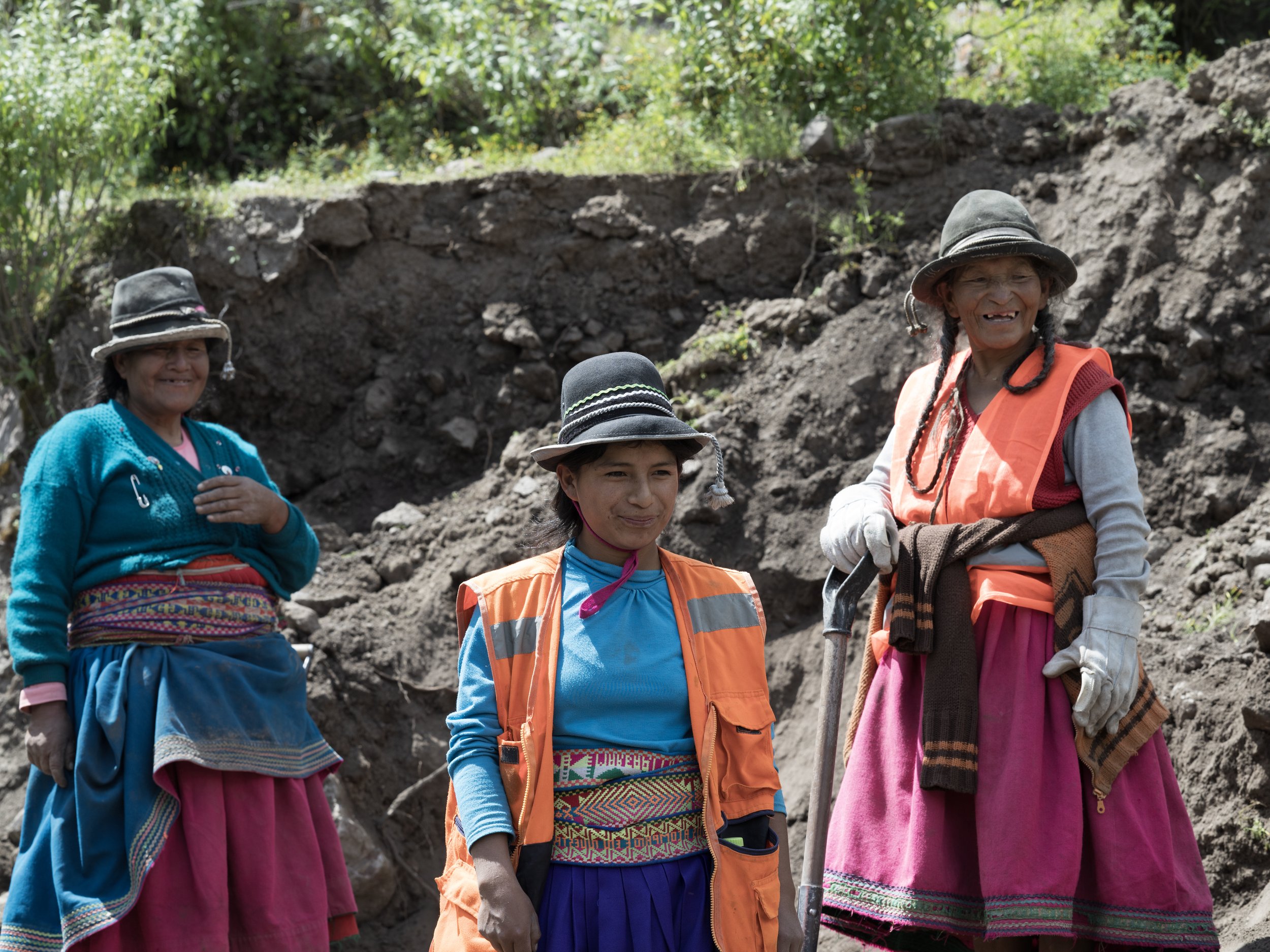
Roadworkers in Cotahuasi, Peru.

Potatofarmer-family in Puno district, Peru.

